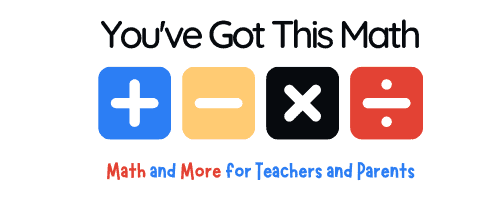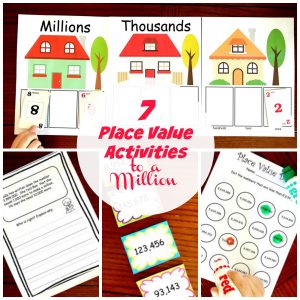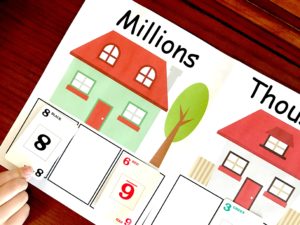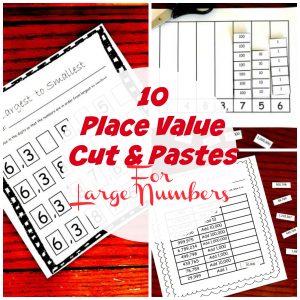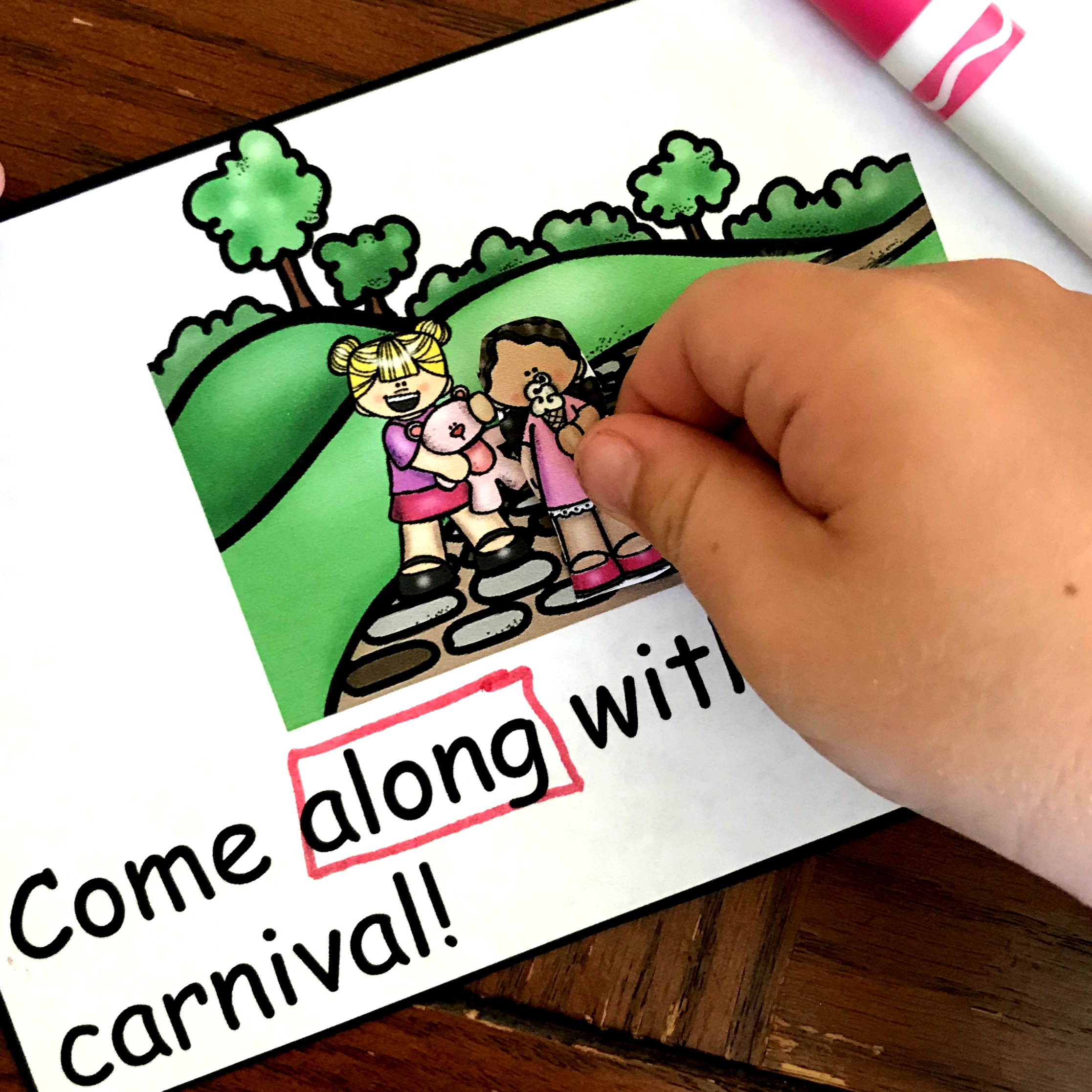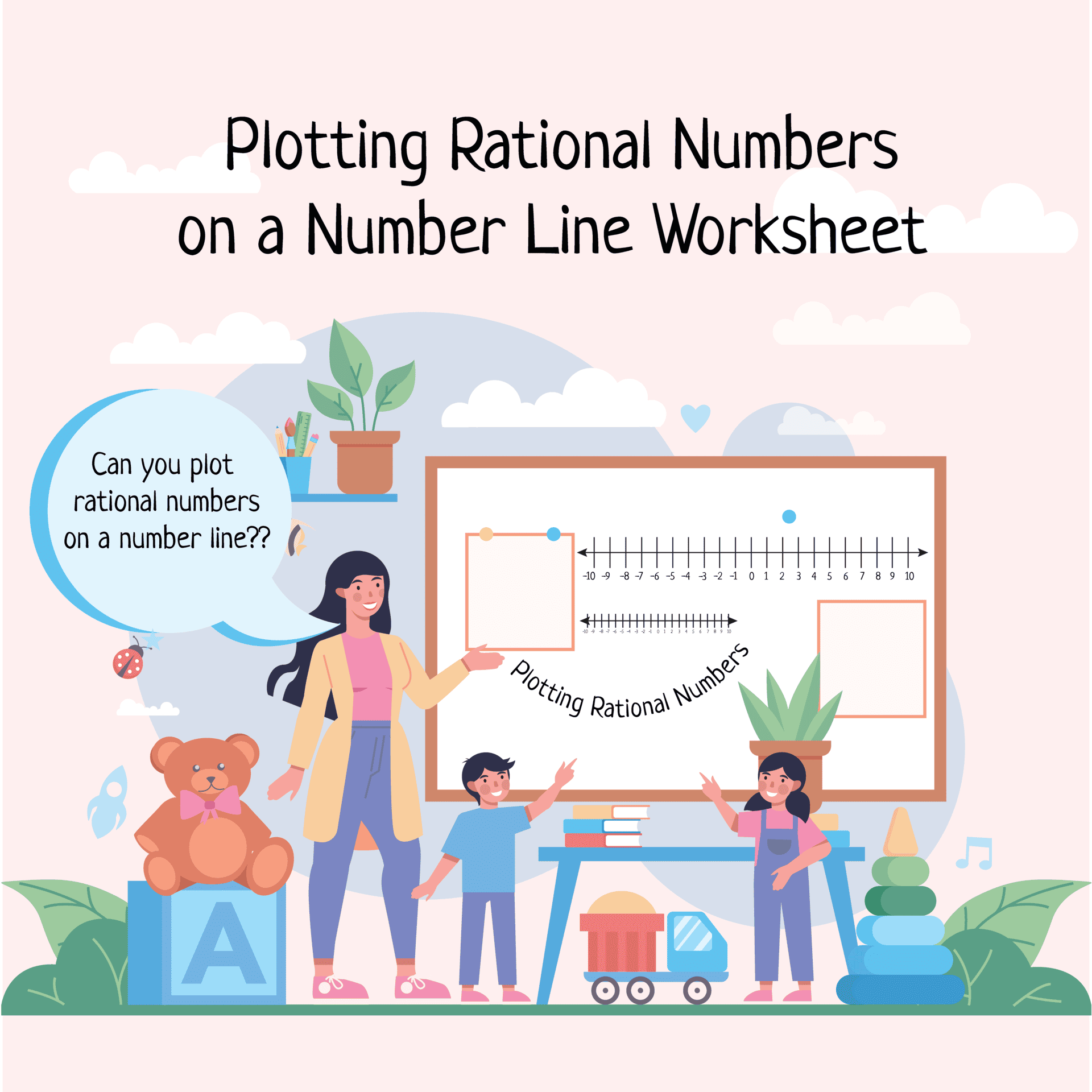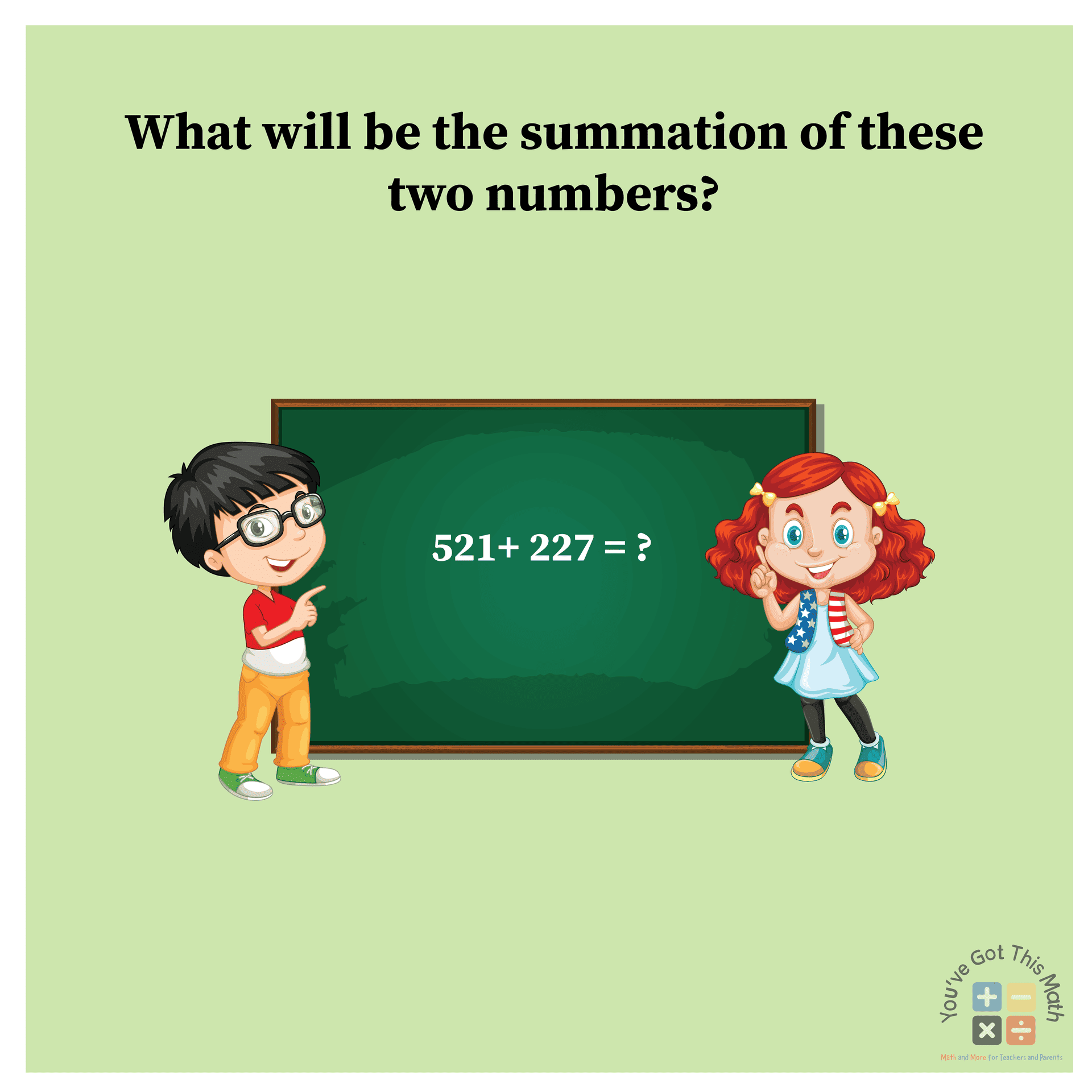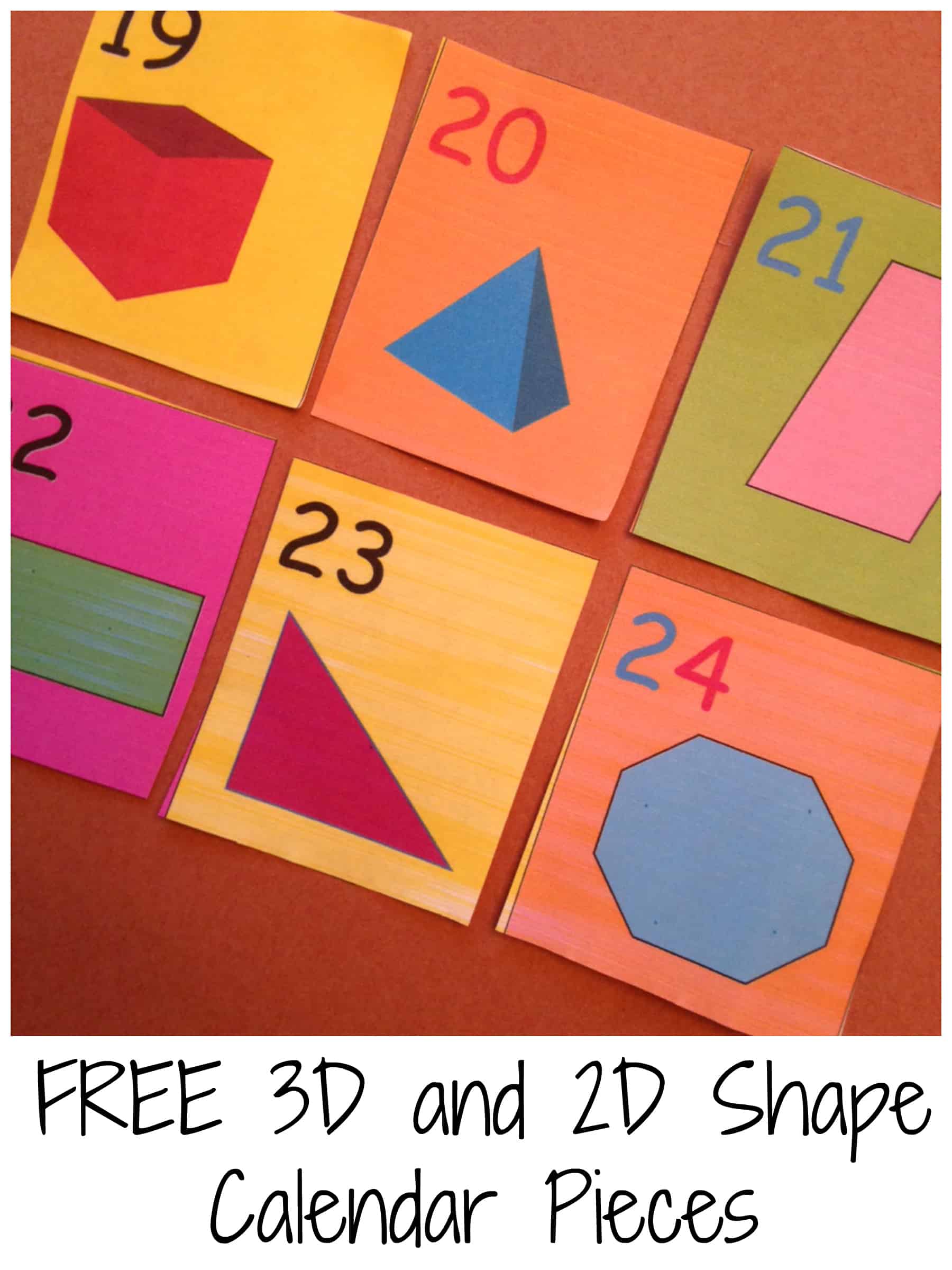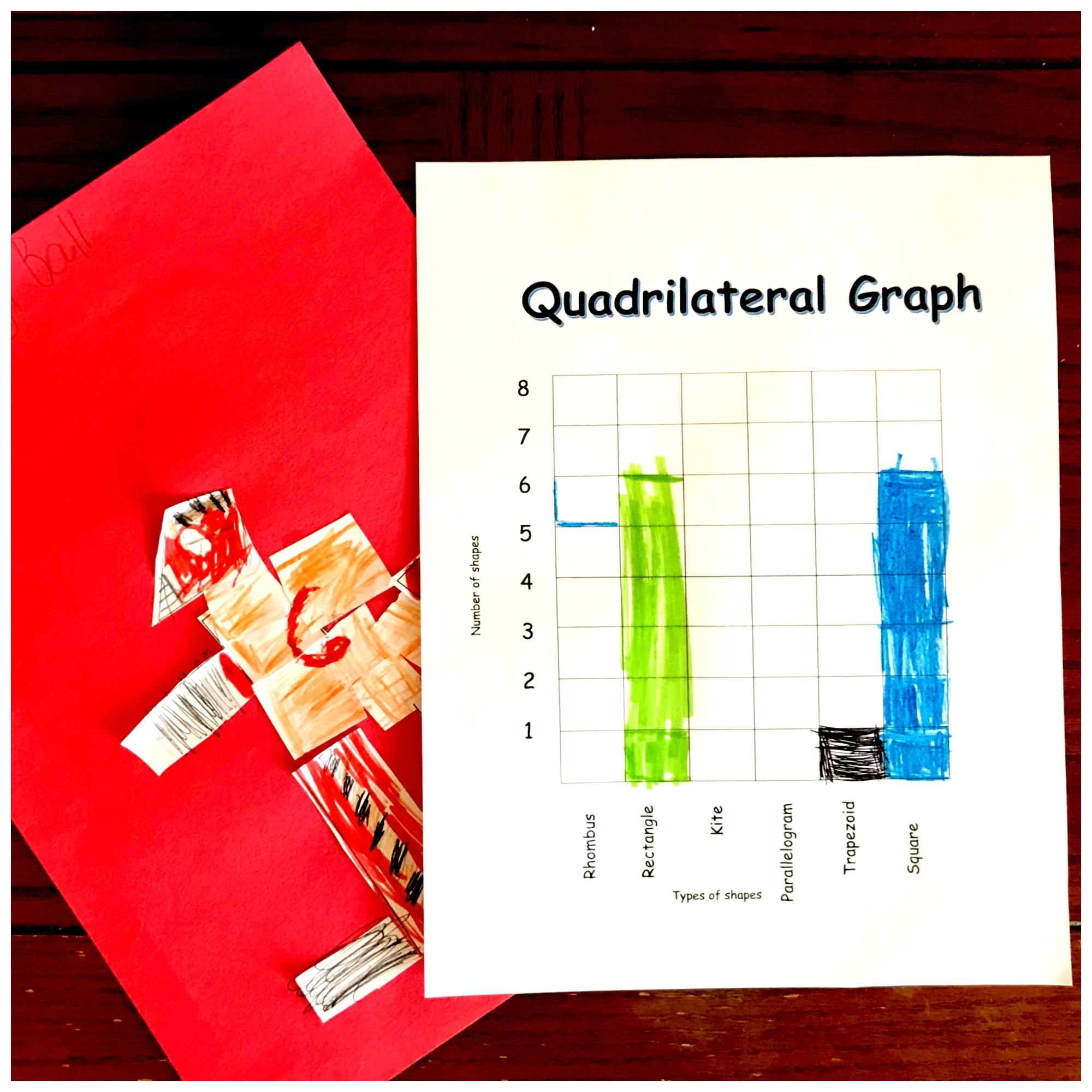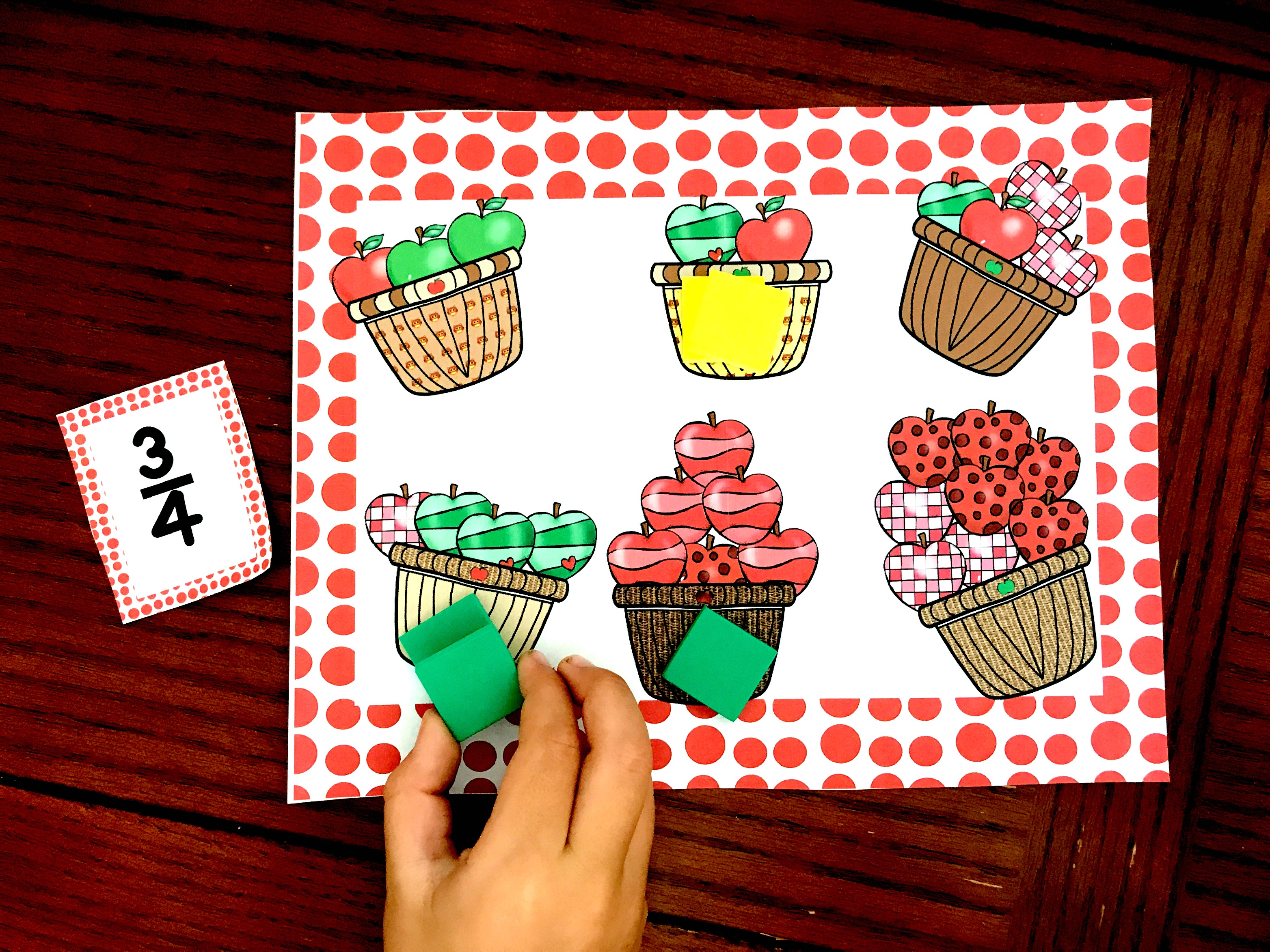Practice Value of Digits with These FREE Place Value For Large Number Task Cards
Buy 2700+ Pages Math Games & Activities (PreK-2nd Grade)
Helping children understand place value for large numbers is important. These task cards help children learn the value of digits, comparing and ordering numbers, and practice counting.
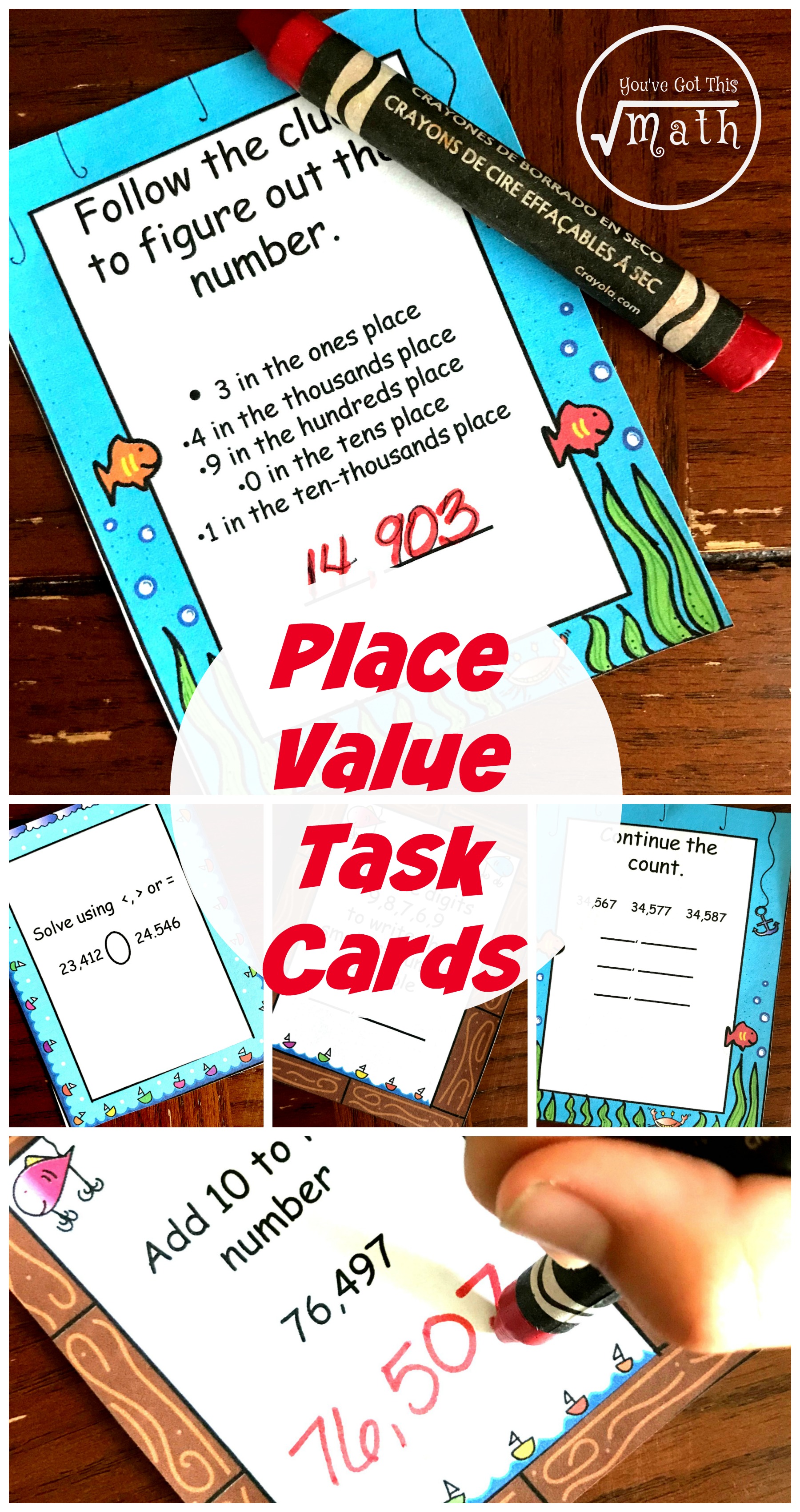
You can get your 16 free task cards by clicking on the blue button at the very END of the post.
I’ve spent numerous hours with my 1st grader helping him to understand place value up to 1,000. I know that for him to truly understand math he must understand this important concept.
Once he conquers this, our work is not over. Place value will still be a priority as we learn about fractions, decimals, and larger numbers.
Numbers don’t stop at 1,000, and so we must spend quality time teaching place value for large numbers! And today I have a few task cards to help.
Get all my place value for large number activities here.
Prep-Work
With just a little cutting, this activity is ready to go.
- First, print off the task cards on card stock paper.
- Next, cut them out and laminate them.
- Finally, provide dry erase markers.
Or for an even easier center, place the task cards in a sheet protector and you are ready to go.
Better Office Products Sheet Protectors, 200 Piece

Practicing Place Value For Large Numbers
There are eight different task cards that focus on different skills to build place value.
Value of the Digits
Children must understand what each digit in a large number represents, and three of the task cards focus on this.
This one simply asks what the digit nine stands for. We know that working our way up the order is from right to left is 1, 10, 100, 1,000, 10,000. So the nine stands for 90,000.
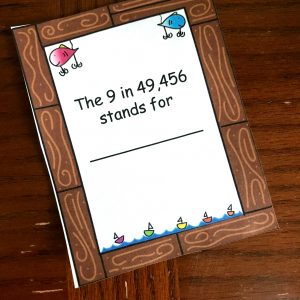
Another task card asks for children to add 10’s, 100’s etc to a number. This is just another way for children to recognize the value of the digits. In this example, we are asked to add 10 to a number. This means I need to add 1 to the number in the tens place. That number happens to be a 9….ugh!! Instead of having 90, now I have 100. This means that I have 0 tens and instead of 4 hundred, I have 500. The answer is 76,500.
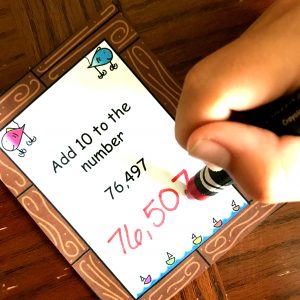
If your students are struggling with that, grab those base ten blocks and show them what is happening!!!!!
Lastly, we jump to riddles. All the children have to do is read the clues and create the number described.
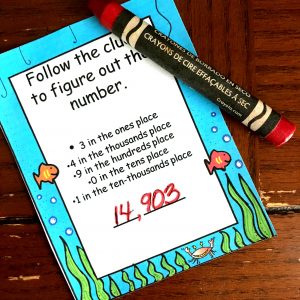
Ordering and comparing large numbers
There are three task cards that focus on this important concept.
One of the task cards simply asks that a <, >, or = sign be placed between two numbers. In this example, the students are asked to compare 23,412 and 24, 546. They are both in the 20,000 so that does not help us. But the first number only has 3,000 while the second number has 4,000. So 23,412 < 24, 546.
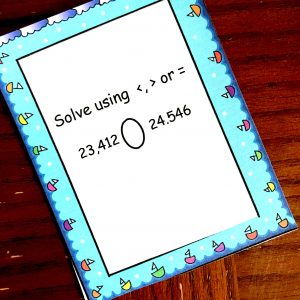
The next task card adds on to this skill by having children place three numbers in order from smallest to largest. Other task cards flip it so that they put them in order from largest to smallest. Either way, the children must analyze the numbers to figure out the order.
Finally, we have a task card that asks children to write the smallest or largest number possible with the digits provided. In this case, the children are asked to use the digits 9,8,7,6,9 to make the smallest number. To do this, I must have the smallest digit in the ten-thousands place and then move up from there. So my number will be 67,899.
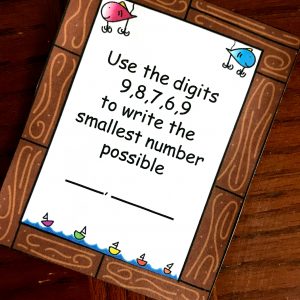
Counting With Large Numbers
The last two task cards focus on counting with large numbers.
The first card has a number line, and the children are asked to fill in the missing numbers. As you can see, the first number on the line is 12,356 and the last one is 12,656. There are only two lines, and the only digit that changed was the number in the hundreds place. So, we are counting by 100. 12,356, 12,456, 12,556, 12,656.
The last task card focuses on patterns. Once again the students need to be looking at the digit that is changing. We have 34,567, 34,577, and 34,587. The 10’s place is changing, so we are counting by 10’s. The next three numbers are 34,597, 34,607, 34,617.
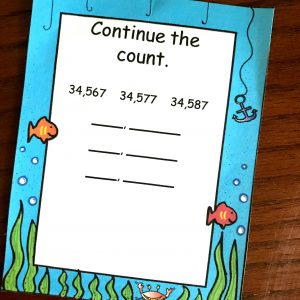
Working through these task cards forces are kiddos to study and analyze the value of each digit. With this study, they are developing a deeper understanding of place value….and that will help them be more successful in math.
You’ve Got This
Rachel
You may also like:
A building and comparing large numbers place value game.
Or large number cut and paste activities.
Get all 64 of my Task cards HERE. (The numbers go all the way to a million)
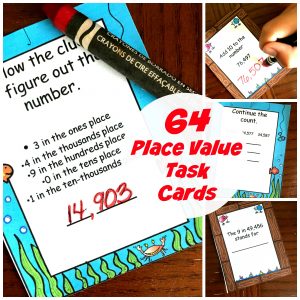
Get your free sample by clicking on the blue button.
